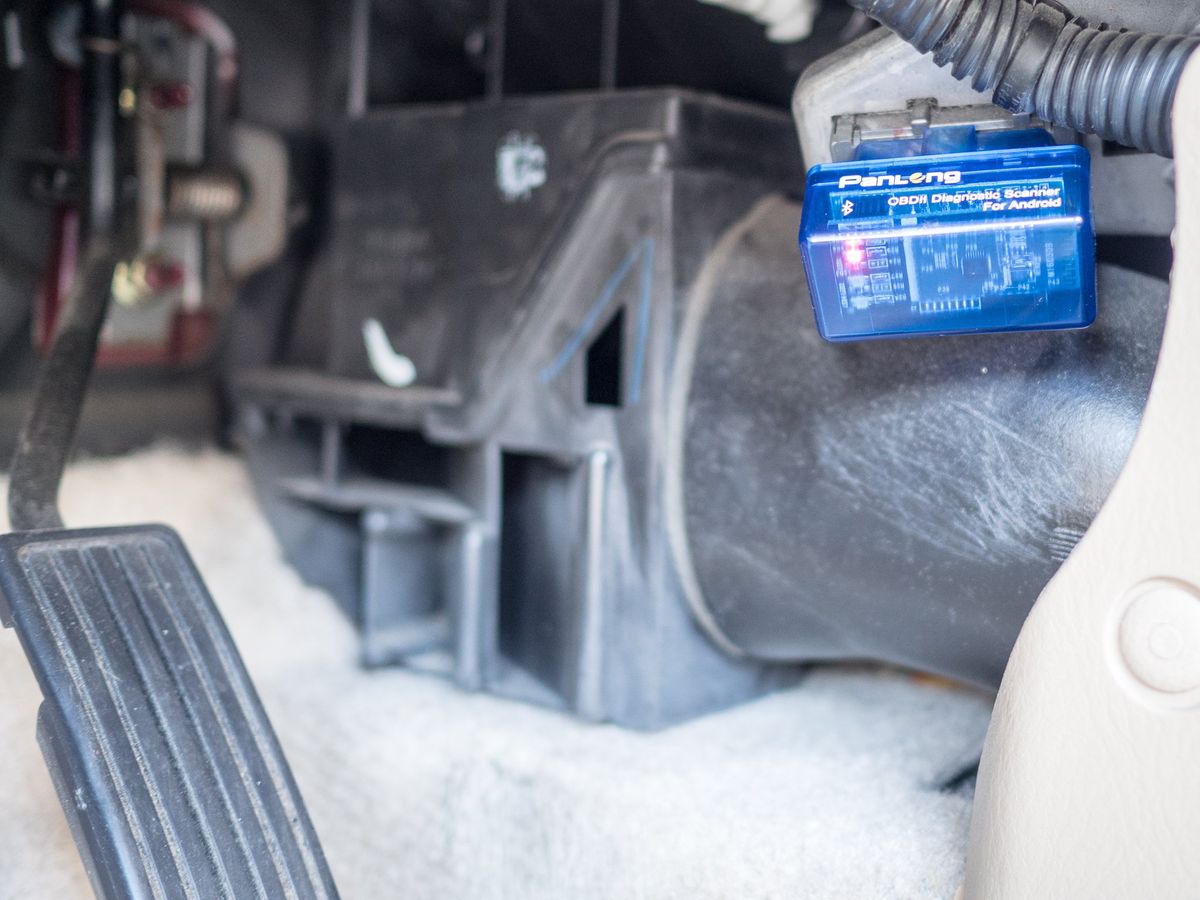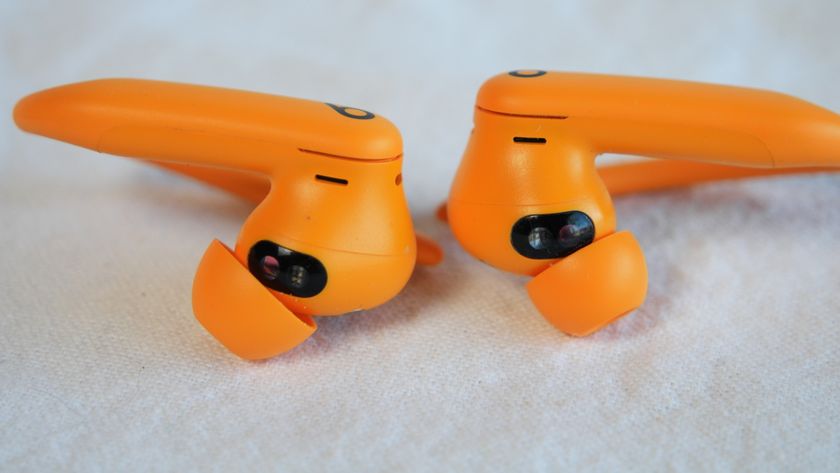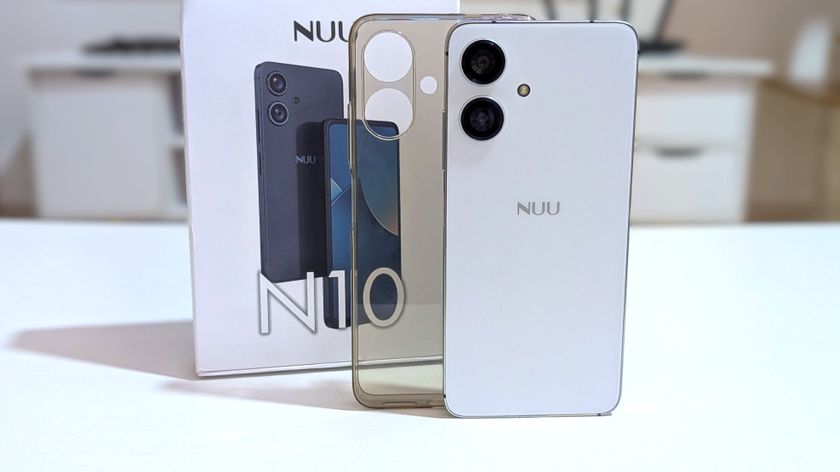Test-driving OBD2 readers and Android

I am not all that mechanically inclined. I can do basic home improvement stuff, sure, but I'm not above paying someone to help do things I don't know how to do, or aren't good at. Same goes for my car. I have a basic understanding of how things work, and I can open the hood (beer in hand, of course) and point and grunt and call upon some basic low-level dude knowledge. (My two young daughters, of course, are unimpressed.)
But when something goes wrong? Hell if I know. And the dumb warning lights on most of our cars don't do us any favors.
Like many of us, I've left that light alone for way too long. While at the dealer one day dealing with that airbag recall, I asked about getting that checked out while I was there. It'd be $90 to just read the code, I was told. That sounded insane. And it is, in fact, insane. On many levels.
I learned what so many of you out there already knew. There's a better way.
First things first: So many places will read a car's fault code for free. Auto parts stores, oil change places, wherever. Just ask. Do not pay your dealer a penny to do this. (And then consider taking your business elsewhere.)


Finding a Bluetooth reader was easy. Picking an app took more work.
But I wanted to learn a little more, and have an excuse to try some Android stuff in the process. (Especially after the Torque developer was featured in a Google I/O video.) The extremely short version is that my codes are read through the OBD2 port tucked away near my feet while I'm driving. So I started poking around for Bluetooth readers on Amazon and came away with this one for $11.
That was the easy part. The only "hard" part of this little endeavor has been figuring out which app to use. These apps do a lot, but you can boil it down to two classes. (As least as far as my ignorant eyes can tell.) They can read fault codes, and they can monitor your car's systems and feed it back to you in different ways. Google Play is littered with these apps. So I did that thing that too many of us have a hard time doing in the car — I asked for directions.
Be an expert in 5 minutes
Get the latest news from Android Central, your trusted companion in the world of Android
I've been flipping through a bunch of them for a few days now, and a couple have stood out.
Torque certainly is the Big Daddy — both the free version and the full $4.95 version have each been downloaded between 1 million and 5 million times. It's fully featured, reading codes and logging trips and giving you all sorts of data about your engine, in a sort of widgets-on-home screen format. But it's also horrendously outdated, visually speaking, with a UI that goes back more versions of Android that I care to remember. That's a nonstarter for me at this point, especially with so many other options available.
Dash was one of the recommendations from Google+, and it's a good one. It connected to my OBD2 reader without any real effort and quickly showed the fault code. It'll also track all the engine stuff you'd expect it to (that'll vary a little bit depending on your vehicle). It has some gamification in that you get a score based on your driving efficiency and safety. (Not a feature I particularly care about.) It also will suggest nearby gas stations when it's time to fill up, and service stations if you're having trouble. Plus there's IFTTT support. This one's been my favorite so far.
OBD Auto Doctor also needs a strong mention here. It's got a simple, modern user interface to show you what's going on in your car. Fault codes are easy to understand. Sensor comes either in pure data form (which is the way I like it), or there's a dashboard with dials and what not if that's how you roll.













I'm very new at this. I'm not really a car guy. I just wanted to not pay my dealer $90, and find out myself what was going on in my car. For just $11 I was able to do that with a cheap and easy Bluetooth OBD2 reader, and one of any number of apps. (And if you folks out there have any other apps I should try, by all means leave 'em in the comments!)
Now I just need to decide whether I want to tackle this air fuel sensor thing myself, or do the smart thing and get a little more help.


